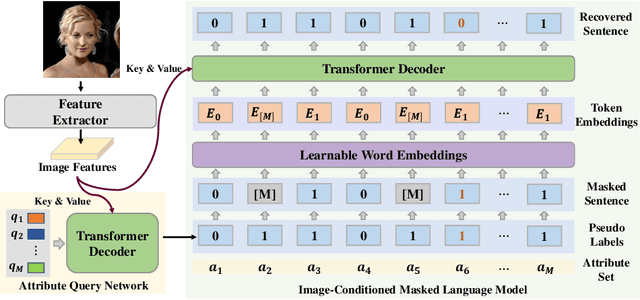Zhexuan Cao
CHAIRS: Towards Full-Body Articulated Human-Object Interaction
Dec 20, 2022Abstract:Fine-grained capturing of 3D HOI boosts human activity understanding and facilitates downstream visual tasks, including action recognition, holistic scene reconstruction, and human motion synthesis. Despite its significance, existing works mostly assume that humans interact with rigid objects using only a few body parts, limiting their scope. In this paper, we address the challenging problem of f-AHOI, wherein the whole human bodies interact with articulated objects, whose parts are connected by movable joints. We present CHAIRS, a large-scale motion-captured f-AHOI dataset, consisting of 16.2 hours of versatile interactions between 46 participants and 81 articulated and rigid sittable objects. CHAIRS provides 3D meshes of both humans and articulated objects during the entire interactive process, as well as realistic and physically plausible full-body interactions. We show the value of CHAIRS with object pose estimation. By learning the geometrical relationships in HOI, we devise the very first model that leverage human pose estimation to tackle the estimation of articulated object poses and shapes during whole-body interactions. Given an image and an estimated human pose, our model first reconstructs the pose and shape of the object, then optimizes the reconstruction according to a learned interaction prior. Under both evaluation settings (e.g., with or without the knowledge of objects' geometries/structures), our model significantly outperforms baselines. We hope CHAIRS will promote the community towards finer-grained interaction understanding. We will make the data/code publicly available.
Label2Label: A Language Modeling Framework for Multi-Attribute Learning
Jul 18, 2022



Abstract:Objects are usually associated with multiple attributes, and these attributes often exhibit high correlations. Modeling complex relationships between attributes poses a great challenge for multi-attribute learning. This paper proposes a simple yet generic framework named Label2Label to exploit the complex attribute correlations. Label2Label is the first attempt for multi-attribute prediction from the perspective of language modeling. Specifically, it treats each attribute label as a "word" describing the sample. As each sample is annotated with multiple attribute labels, these "words" will naturally form an unordered but meaningful "sentence", which depicts the semantic information of the corresponding sample. Inspired by the remarkable success of pre-training language models in NLP, Label2Label introduces an image-conditioned masked language model, which randomly masks some of the "word" tokens from the label "sentence" and aims to recover them based on the masked "sentence" and the context conveyed by image features. Our intuition is that the instance-wise attribute relations are well grasped if the neural net can infer the missing attributes based on the context and the remaining attribute hints. Label2Label is conceptually simple and empirically powerful. Without incorporating task-specific prior knowledge and highly specialized network designs, our approach achieves state-of-the-art results on three different multi-attribute learning tasks, compared to highly customized domain-specific methods. Code is available at https://github.com/Li-Wanhua/Label2Label.
 Add to Chrome
Add to Chrome Add to Firefox
Add to Firefox Add to Edge
Add to Edge